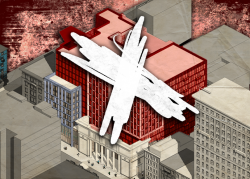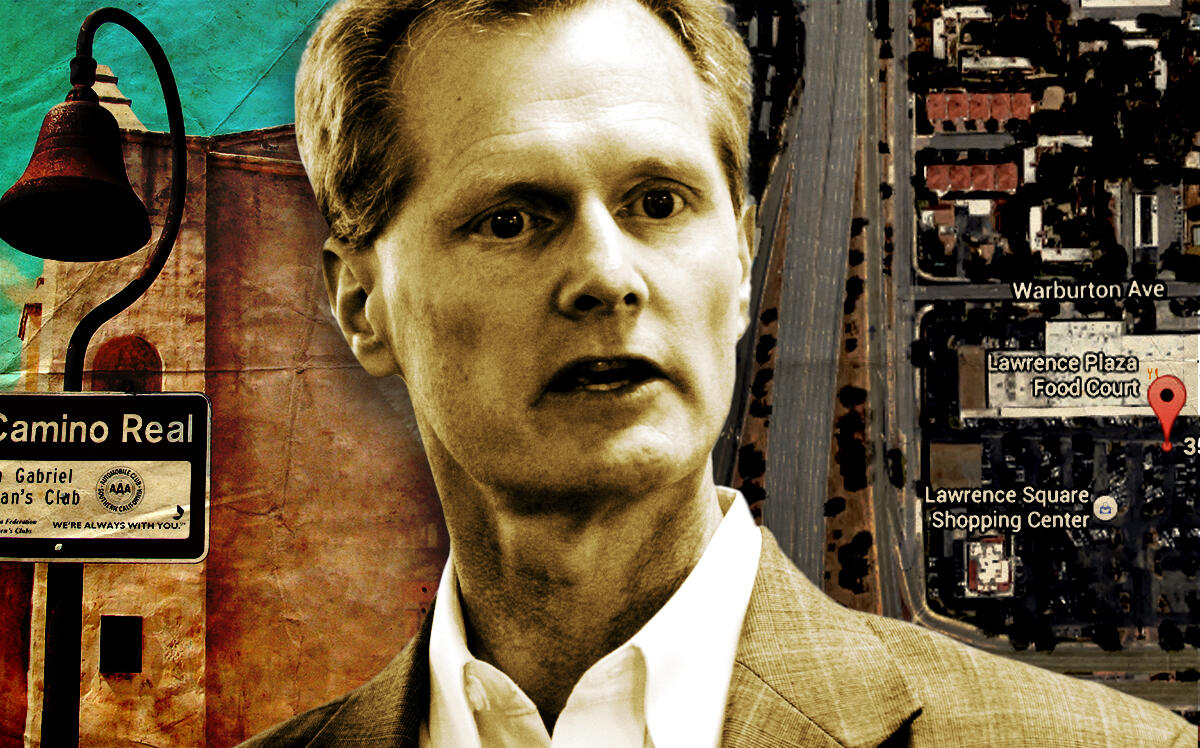The planned transformation of California’s oldest highway into Silicon Valley’s own grand boulevard is at a standstill, 15 years after it was conceived.
Joint Venture Silicon Valley, which has overseen the Grand Boulevard Initiative since 2006, envisioned turning Camino Real, the Royal Road, into a landscaped, 43-mile stretch of lighted sidewalks, pocket parks, historic buildings, shops and housing, SiliconValley.com reported. Instead, the proposal hasn’t drawn enough support from cities along the road, which include South San Francisco, San Mateo, Redwood City and Mountain View.
The road dates to 1769 and once connected 21 Franciscan missions from San Diego to Sonoma. Running along the downtowns of 19 cities, it’s host to stores, gas stations, strip malls, fast-food restaurants and the occasional apartment complex.
Camino Real is a “mishmash” of businesses and buildings with varying heights and architecture, reflecting a region struggling to balance housing and jobs, according to Russell Hancock, CEO of Joint Venture Silicon Valley.
“It’s really urban and it already has a certain amount of density to it,” Hancock said. “In my view, it should be like canyons. It should look like Manhattan, for crying out loud.”
Read more

Santa Clara was the latest city to hit a roadblock. After four years and a $910,000 grant from the Metropolitan Transportation Commission, the city council voted against the plan in October due to concern that six-story commercial buildings and four-story residential buildings would be too tall. Shorter buildings would lead to 4,000 fewer housing units and a loss of 700,000 square feet of commercial space.
It would be most responsible to build more housing along Camino Real due to its easy access to the Caltrain and BART, said Matthew Reed, policy director for the nonprofit Silicon Valley at Home. While that kind of development is vulnerable to opposition from residents, cities like Santa Clara shouldn’t drop all of their plans just yet, he said.
“It’s very important for everybody to be involved in the discussion,” Reed said. “But it’s very dangerous for a small number of people to be able to upend a multiyear planning process at the last minute.”
[SV] — Victoria Pruitt
